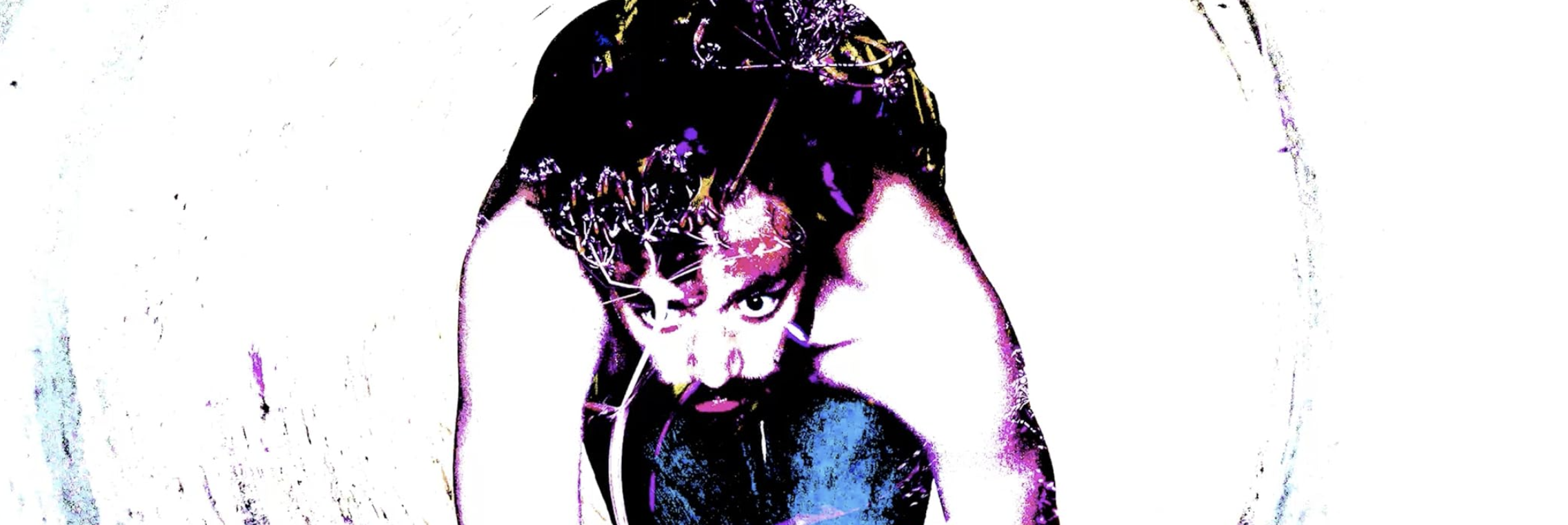This interesting statement is by Leeuw van Moerkerken. Pangea wants to further explore AI and Art, with various EURIDICE partners, also with Francis Saa-Dittoh, in the light of the upcoming Digital Humanism Summer School in Vienna, 8-12 September 2025. Leeuw writes:
“Many people seem to think that soon all music, images, films, books, and articles will be generated by AI, and that this will mark the end of human-made art. But this won’t happen anytime soon, because AI approaches creativity in a way that is fundamentally different from humans.
The art world is in turmoil over the AI revolution. Some claim that the human creative process is outdated and that AI is already a better artist than any human could ever be; others bury their heads in the sand, refusing to acknowledge AI’s power and thereby shutting themselves off from the possibilities it offers. You’re almost forced to revisit the age-old question: when is something art? But I won’t wade into that level of philosophical barroom chatter. What I’m interested in is the difference between the human artist and the artificial one.
When I once asked ChatGPT to study all my columns and then write one in my style, it produced something that could have passed as my own work. Could I now simply stop writing and have all my future columns generated by AI? The result might be a convincing forgery, but there’s one crucial difference: in this case, AI was trying to imitate me, which inevitably leads to an “average” column, drawing from the themes and wordplay I’ve already used. When I write, I’m striving to outdo myself, to venture beyond my well-worn paths, never consciously trying to write “in my style.” The creative process of AI is fundamentally different from that of a human. And this applies to all AI-generated writing, images, music, and films: AI tries to mimic humans, while human artists strive toward the divine in aesthetics.
Innovation has always influenced art, and I’m sure AI will leave its mark on art history. But that doesn’t mean the artist will vanish. If you love listening to live recordings of opera students in training, you’re not going to be easily convinced by AI-generated music that merely sounds almost the same. The same will hold true for other art forms. An almost perfect Vermeer forgery remains both economically and symbolically less valuable than the real thing, even if you truly can’t see the difference.
AI-generated art that does gain recognition can be valued for the technology behind it, or for the creativity of the prompt writer. (After all, the works of Jean Tinguely’s 1955 drawing machine are credited to the man himself, not to the lifeless metal.) And let’s be honest: all those dazzling AI images people showcase are also the result of hours of selection and filtering. Many photographers and writers would agree that selecting and filtering out the junk is no small part of the artistic process. The critic might say, “AI can do that too,” but again, it will never make the kind of revolutionary artistic choices that humans can.
Of course, AI can quickly generate vast quantities of material, which fuels fears that it might push human artists out of the market. This fear is especially strong in the music industry, but today’s AI still lacks the ability to innovate the way human music can. Samba, for example, was born in the streets of Rio de Janeiro, reflecting a street culture, its themes, instruments, and dances resonate with that context. This genre could never have originated anywhere else. AI can certainly produce brilliant Samba songs, but it will never create a new genre of the same magnitude, simply because it’s not there in Brazil at a street festival. AI doesn’t live, doesn’t feel, doesn’t drink; it only imitates remarkably well, but imitation is all it does. And while its imitation will no doubt improve in the coming years, given the way AI currently works and learns, it will not spell the end of art.
Leeuw van Moerkerken works with Pangea on several innovative projects including EU funded ADS-DEP project: EURIDICE.
The idea of this article was published by Leeuw van Moerkerken on 11 August 2025 in Amsterdam’s newspaper Het Parool.


Leave a Reply